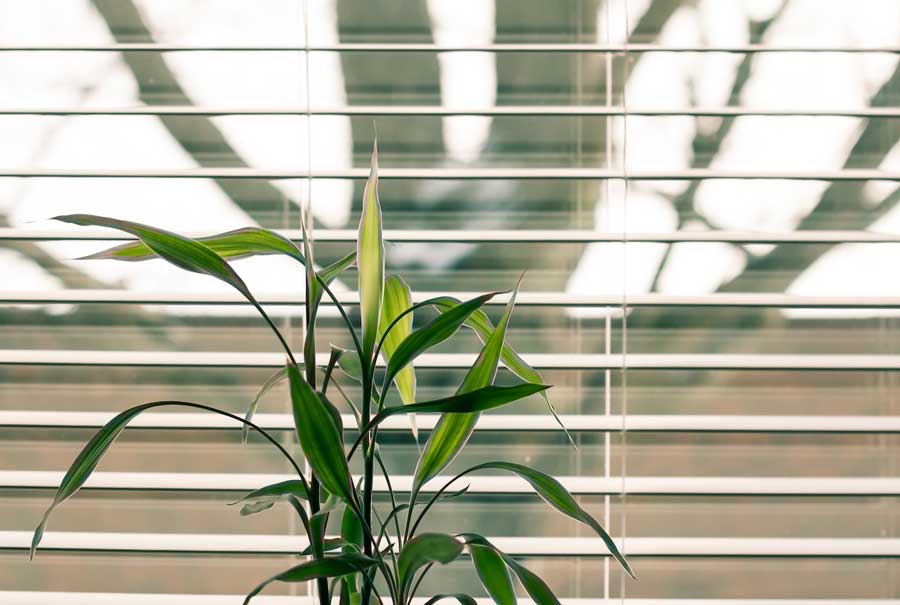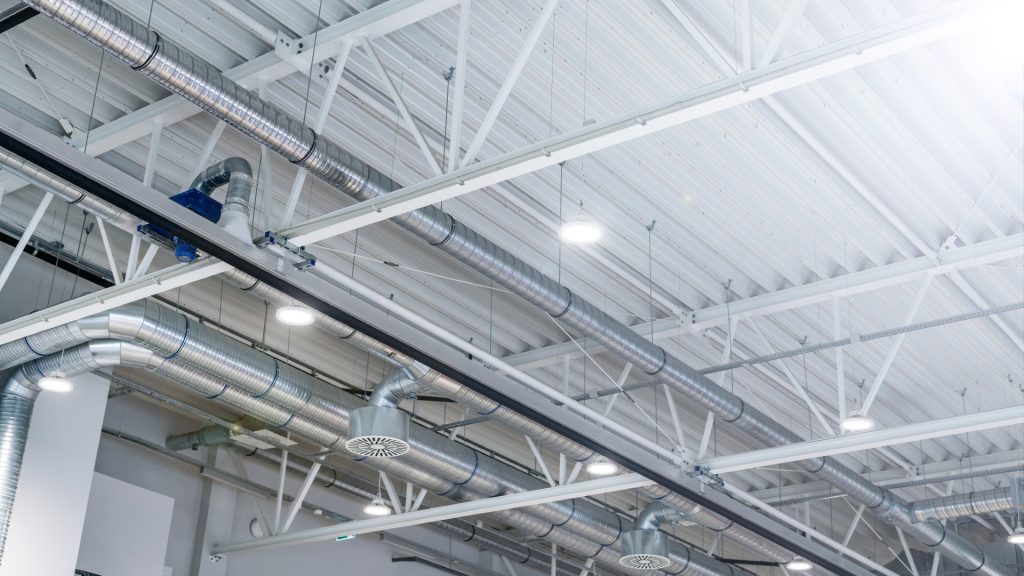Simple Tips for Saving Energy.
Once you’ve taken care of these, head over to our Next Level Home Efficiency feature for even more energy savings.
The low-hanging fruit, the low-cost, often no-cost, changes around the home that can add up to a good chunk of energy and cost savings. Many of the suggestions below can be implemented by renters too, so there’s no excuse and no need to jump through hoops for your landlord.
Hidden Power Suckers.
Merely switching off your appliances after use may not be sufficient to save energy. Yes you heard it right! Most tend to consume power by remaining on standby even when turned off. It may not sound a lot, but every kilowatt counts! Unplug devices and appliances when they are not in use (except the fridge unless you want spoiled food).
If unplugging seems impractical, you can use a power strip with an on/off switch.

It’s Only Natural.
Set up your home workspace close to a window to allow natural sunlight to enter the room, and remember to choose a space where you can enjoy sunlight throughout the day. Open up a window or two to allow natural ventilation.
Rather than relying on aircons throughout the day, consider using ceiling fans as an alternative to keep the space cool. You can balance out the amount of light and heat that enters the room using curtains or blinds.

From the Windooowww to the Wall.
Your windows can work against you in the fight to make your home more energy efficient, allowing excess heat into your home in summer and out in winter, resulting in higher costs to maintain a comfortable temperature.
Ahead of replacing the glass, the humble curtain can be your friend to make a big impact. With curtains, opt for heavier fabrics to help insulate, ideally reaching to the floor for maximum coverage. If you prefer blinds then try to stick with white on the outside to reflect the summer sun, and have them well-fitted and snug to trap heat from escaping in winter. If you’re on a budget, tackle windows with the greatest impact first, like those north-facing, the largest windows, and the rooms you spend the most time in.

Whichever way you go, you can definitely level-up your home’s energy efficiency (and swag).
Easy not Breezy.
Draft-proofing your home can combat up to 25% of heat loss during winter. Yep, 25%. Especially in older homes. Use weatherstripping and caulk or silicone to seal gaps around windows, and grab some of the draught-stopper snakes to block any gaps between the bottoms of doors to the ground.
Not sure whether your house is properly weatherproofed or not? Here’s a low-tech trick to find out. Do a candle test! Yes, that’s right – light a candle and slowly move it around your door and window frames. If you see the candle flickering, that can be an indication of an air leak.

Smart Settings.
In winter, when you do use the heater, set the temperature to between 18°C and 20°C. Every degree over this range can add up to 10% on your energy use, and be sure to turn it off when you aren’t home or are going to sleep. You may be thinking that 18°C to 20°C doesn’t sound very warm, but a consistent temperature will keep the space at ‘room temperature’ and you won’t be adjusting it up and down relentlessly. And in summer, keep that temperature range between 21°C and 23°C.
Let’s say James has a 7kW split system set at a temperature of 19°C in summer. It costs him around $60 per month, although the cost can depend on usage and weather. If James sets the temperature to 23°C, he can bring down his monthly running cost to around $40. There are different running cost calculators available that can give you an indicative running cost of your appliances.

Wash. In. Cold. Water.
This one’s a no-brainer; you can reduce energy consumption by up to 80% by washing in cold water rather than hot. With a cold water specific washing liquid your clothes won’t know the difference. Additionally, wait for full loads before washing to get the most bang for buck (this goes for your dishwasher too).

Calling All Greenthumbs.
If you have the space and a passion for gardening, be strategic in your planting. The placement of trees and shrubs around your home can provide shade in the summer and a windbreak in winter, reducing the need for excessive heating and cooling.
Growing your own herbs is fun, affordable, and doesn’t take up much space. It might even save you from having to do that last minute trip to the shops, saving you money and petrol.

 Victoria
Victoria New South Wales
New South Wales South Australia
South Australia Queensland
Queensland

